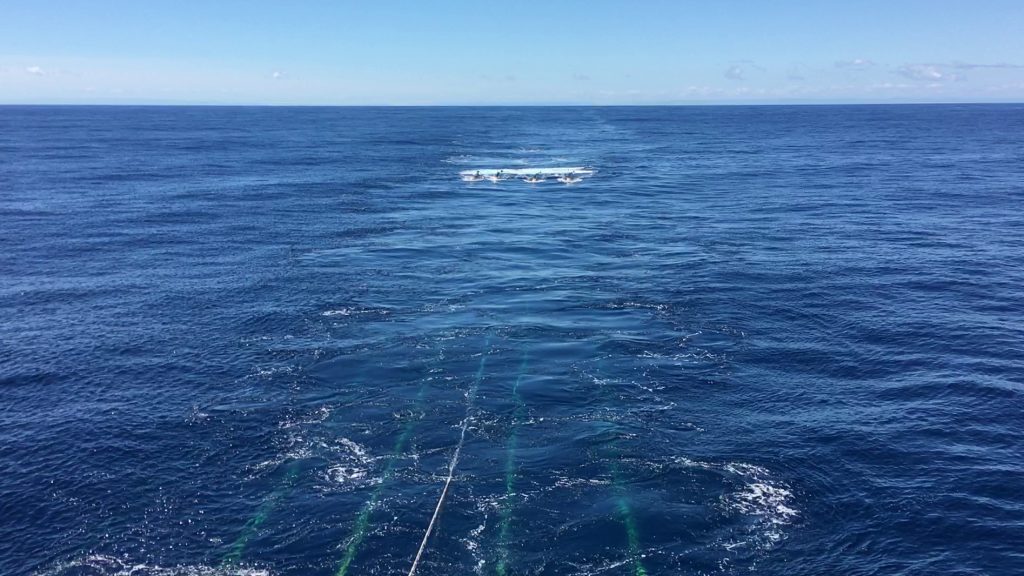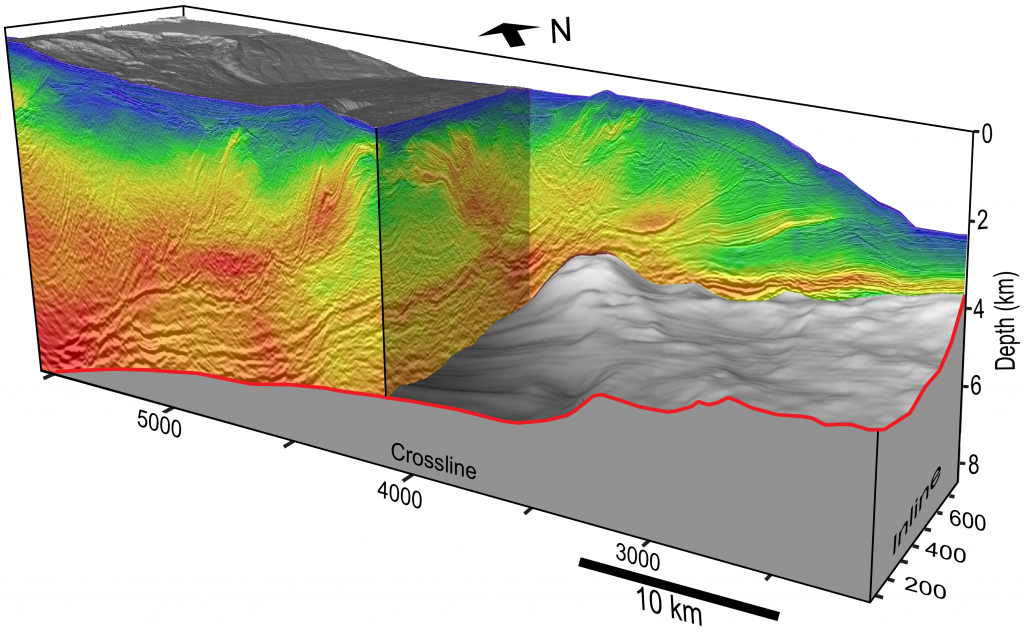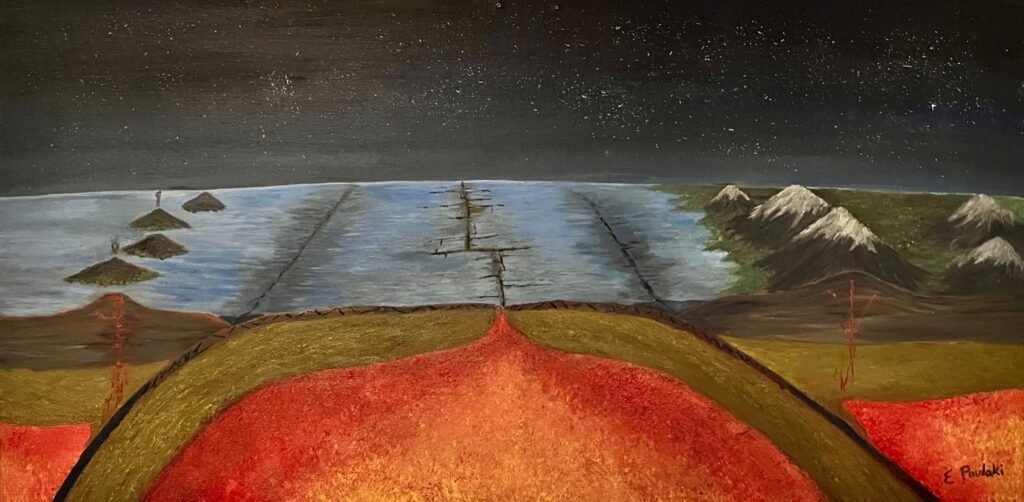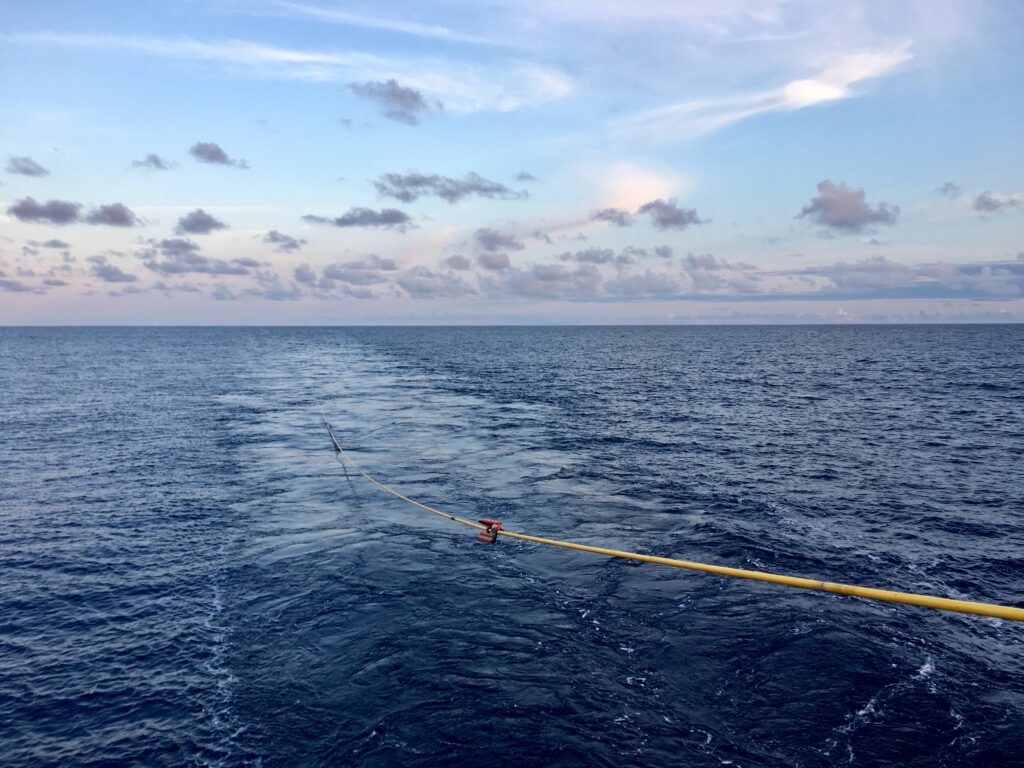Researchers have discovered a sea’s worth of water locked within the sediment and rock of a lost volcanic plateau that’s now deep in the Earth’s crust. Revealed by a 3D seismic image, the water lies two miles under the ocean floor off the coast of New Zealand, where it may be dampening a major earthquake… Continue Reading Discovery of Massive Undersea Water Reservoir Could Explain New Zealand’s Mysterious Slow Earthquakes
Sinking Seamount Offers Clues to Slow Motion Earthquakes
Scientists have long puzzled over what happens when seamounts — mountains and volcanoes on the seafloor — are pulled into subduction zones. Now, new research from The University of Texas at Austin shows that when seamounts sink, they leave behind a trail of soft sediments. The researchers think the sediment patches help tectonic pressure escape… Continue Reading Sinking Seamount Offers Clues to Slow Motion Earthquakes
UT Graduate Student Research Solves Plate Tectonics Mystery
The longstanding enigma of how tectonic plates can break Earth’s rock-hard shell may have been solved by a recent graduate student at The University of Texas at Austin who caught the Earth in the act of starting a new tectonic conveyor belt off the coast of New Zealand. The world’s tectonic conveyor belts – called… Continue Reading UT Graduate Student Research Solves Plate Tectonics Mystery
Slow Slip’ Earthquakes’ Hidden Mechanics Revealed
Slow slip earthquakes, a type of slow motion tremor, have been detected at many of the world’s earthquake hotspots, including those found around the Pacific Ring of Fire, but it is unclear how they are connected to the damaging quakes that occur there. Scientists at The University of Texas at Austin have now revealed the… Continue Reading Slow Slip’ Earthquakes’ Hidden Mechanics Revealed




